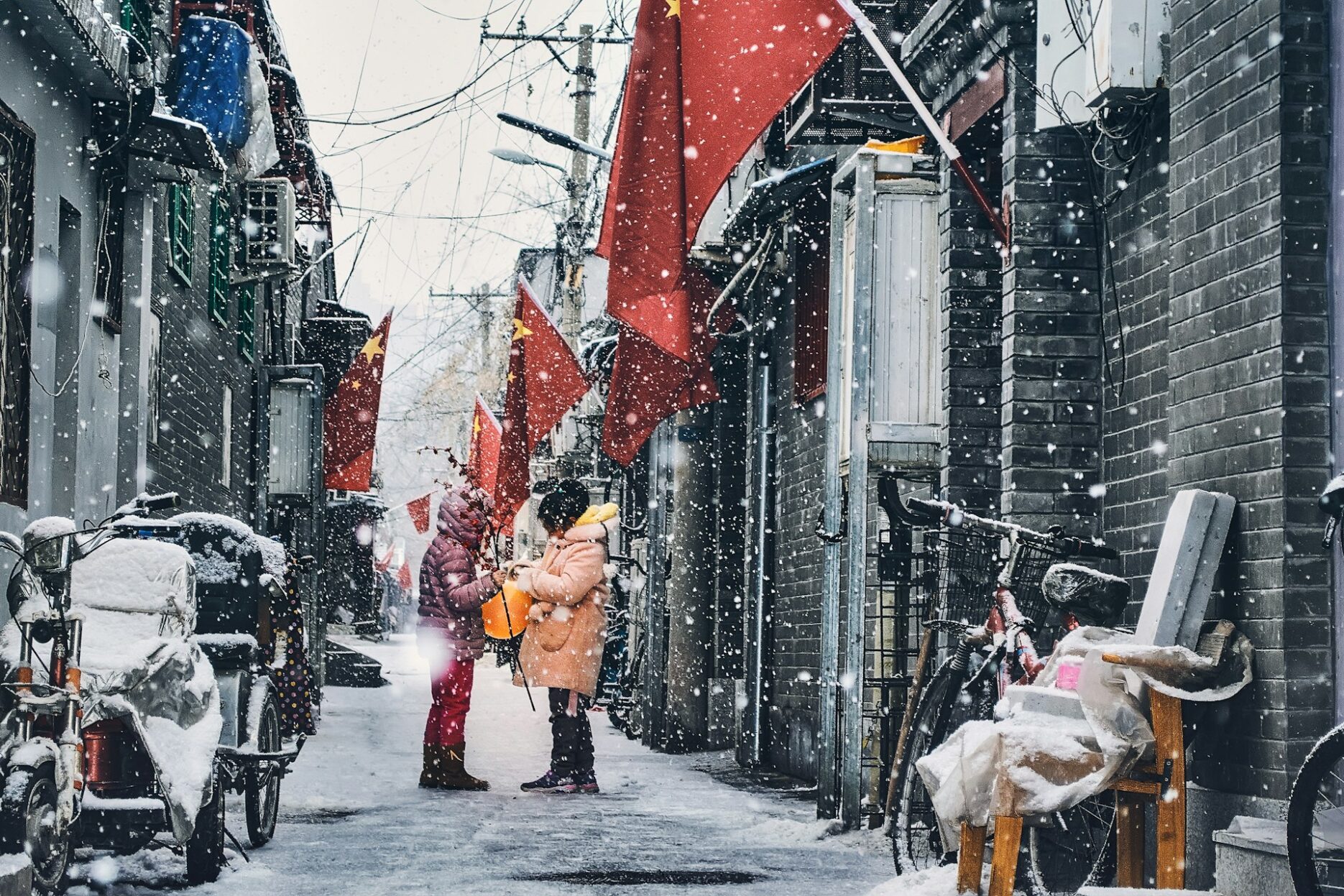The largest annual human migration on Earth spans 40 days, beginning two weeks before Spring Festival and ending two weeks after. This period, called 春运, sees millions of Chinese people travel to their hometowns over huge distances to celebrate the most significant national holiday with loved ones.
This year, 480 million people are expected to make trips home for Spring Festival. This is 40% more than in 2022 when travel enthusiasm was still hamstrung by anxiety over COVID-19’s rapid spread.
But 春运 has been thrown into disarray as snowstorms and freezing temperatures have led to hundreds of flight and train cancellations. According to the BBC, around 225 cities in China have witnessed average daily temperatures consistently fall below 0◦C. Provinces in Central China including Hebei, Hubei, and Anhui are the worst affected, according to the Meteorological Administration, and at least 2 people have died. The Ministry of Finance and Ministry of Transport have issued 141 million RMB (19.6 million USD) to support snow and ice removal in the 11 worst affected provinces.
These are the most severe winter weather conditions since 2008, when the country suffered from a severe snowstorm that devastated parts of Guizhou, Hubei, Hunan, and Hebei and directly killed 129 people. Around 6 million passengers were stranded during that year’s Spring Festival migration as widespread power outages brought railway networks to a standstill.
On social media, Chinese netizens are sharing their snow-related travel hiccups, like photos of themselves stranded on highways. Beijing-based outlet Yicai Global reported that one driver was trapped in a car for 3 days and passengers heading to Wuhan were stuck on a train for hours with no power.
The freezing weather is forecast to dissipate on Friday just one day before Spring Festival officially begins, leaving little time for more far-flung travellers to reach their destinations in time for festivities.









